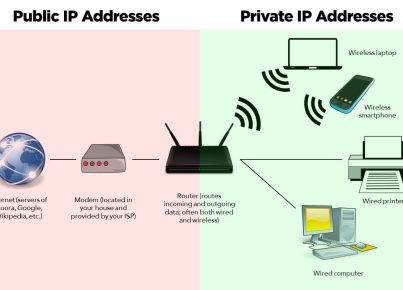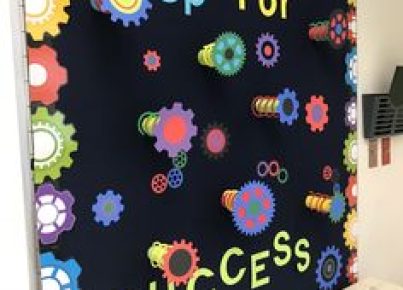Introduction
Teaching is a continuous learning process that requires teachers to grow and evolve throughout their careers. Observing more experienced teachers can provide valuable insights, ideas, and techniques that can help you improve your own teaching practice. In this article, we will discuss how to effectively observe experienced teachers, what to look for during the observations, and how to implement the learned strategies in your classroom.
Steps to Observe Experienced Teachers
1. Seek Permission: Before observing another teacher’s class, it’s important to get their permission and seek approval from the school administration as well. This will ensure that you’re respecting their professional boundaries and not disrupting their classes.
2. Be Mindful of Timing: When scheduling your observation, choose a time that is convenient for the experienced teacher and least disruptive for their class. Coordinate with them beforehand to ensure you’re visiting during a lesson or activity that would provide valuable information to aid in your growth.
3. Observe with a Purpose: Before entering the classroom, make sure you have identified specific aspects of teaching you want to learn from or focus on during your observation. This could include classroom management techniques, teaching strategies, or particular subject content.
4. Take Notes: When observing experienced teachers in action, don’t rely on your memory alone. Jot down important points as you observe so that you can review them later. Focus on capturing specific examples and detailed descriptions.
5. Be Discreet: While observing the class, try not to interfere with the natural flow of instruction or distract students by asking questions or making comments during the lesson. Be a silent observer, taking notes without drawing too much attention.
6. Reflect on Your Observations: After observing an experienced colleague’s class, take the time to reflect on what you’ve learned and evaluate any new strategies or techniques used during their lesson that could be beneficial for your own classroom.
7. Implement New Strategies: Once you’ve gleaned valuable insights from your observation, try incorporating them into your own teaching practice. Be sure to evaluate your implementation periodically and make adjustments as needed.
8. Share Your Learnings: Discuss what you observed and learned with your colleagues and the experienced teacher. This could open up a dialogue that leads to further collaboration and improvement for all educators involved.
9. Observe Multiple Teachers: To gain a comprehensive understanding of various teaching practices, observe different experienced teachers within your school or district. Each teacher has their unique approach that can provide you with diverse perspectives on effective teaching strategies.
Conclusion
Observing teachers with more experience can be an incredibly valuable experience, providing you with insights and strategies to improve your own teaching practice. By seeking permission, choosing the right timing, observing with purpose, taking notes, and reflecting on your observations, you will be well-equipped to implement new techniques in your classroom and contribute to a culture of continuous learning and improvement in your educational community.





